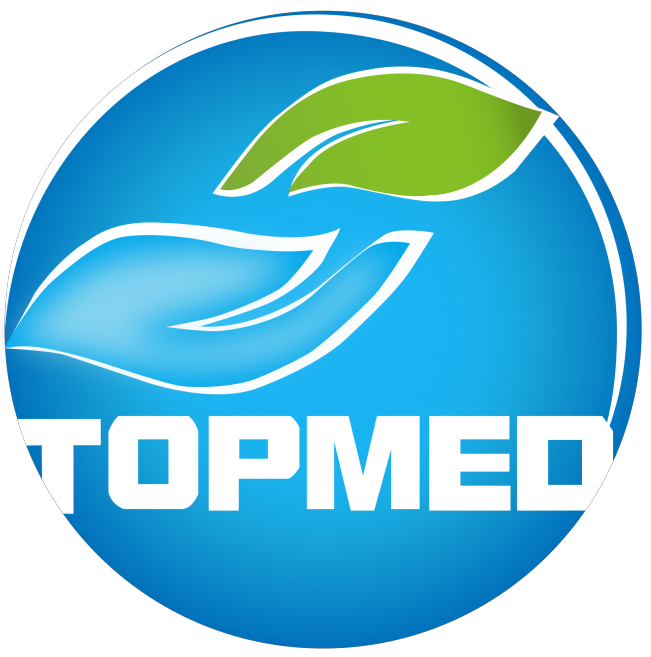Nonwoven Protective Clothing: Materials, Design and Applications
Non-woven protective clothing is an important personal protective equipment, widely used in many fields such as medical, industrial, and agricultural. The following is a detailed introduction to non-woven protective clothing:
1. Materials and structure
Non-woven protective clothing is mainly made of synthetic fibers such as polypropylene through a special process, with different structures and functions. Common non-woven materials include:
- SMS non-woven fabric: It consists of a spunbond layer (Spunbond), a meltblown layer (Meltblown) and another spunbond layer, with good filtration, shielding and breathability.
- SF coated non-woven fabric: The surface of the spunbond non-woven fabric is covered with a polyethylene (PE) film to provide additional waterproof and anti-permeability properties.
- Tyvek® material: It is made of high-strength continuous high-density polyethylene fibers through a flash spunbond process, and has the characteristics of light weight, strength, waterproofness and breathability.
2. Functions and applications
Non-woven protective clothing is designed to provide a variety of protective functions:
- Protectiveness: Effectively block bacteria, viruses, particles, etc., prevent cross infection, and is suitable for medical, laboratory and other environments.
- Comfort: The material is soft and breathable, reducing the discomfort of the wearer during long working hours.
- Durability: It has high tensile strength and tear strength and can withstand certain mechanical pressure.
3. Design features
The design of non-woven protective clothing takes practicality and comfort into consideration:
- One-piece design: Provides full-body protection and reduces the risk of contamination and infection.
- Elastic banding: The cuffs, ankles, and hat face are closed with elastic bands to ensure a tight fit and prevent contaminants from entering.
- Breathability: Some materials such as SMS non-woven fabrics have good breathability, reducing the stuffiness of the wearer during long working hours.
4. Standards and quality
The production and quality control of non-woven protective clothing follow certain standards:
- GB/T 38462-2020: It specifies the product classification, technical requirements, test methods, etc. of non-woven fabrics for isolation gowns to ensure the mechanical properties and protective properties of the product during use.
- International standards: such as AAMI PB-70, EN 13795, etc. These standards set requirements for liquid protection performance and microbial penetration resistance of protective clothing.
5. Environmental protection and economy
Non-woven protective clothing is easy to handle and recycle, reducing the impact on the environment. At the same time, due to its relatively low cost, it is suitable for large-scale use, especially in medical environments where frequent replacement is required.
 EN
EN
 AR
AR
 BG
BG
 HR
HR
 CS
CS
 DA
DA
 NL
NL
 FI
FI
 FR
FR
 DE
DE
 EL
EL
 HI
HI
 IT
IT
 JA
JA
 KO
KO
 NO
NO
 PL
PL
 PT
PT
 RO
RO
 RU
RU
 ES
ES
 SV
SV
 TL
TL
 IW
IW
 ID
ID
 LV
LV
 LT
LT
 SR
SR
 SK
SK
 VI
VI
 HU
HU
 TH
TH
 TR
TR
 FA
FA
 GA
GA
 CY
CY
 IS
IS
 LA
LA













